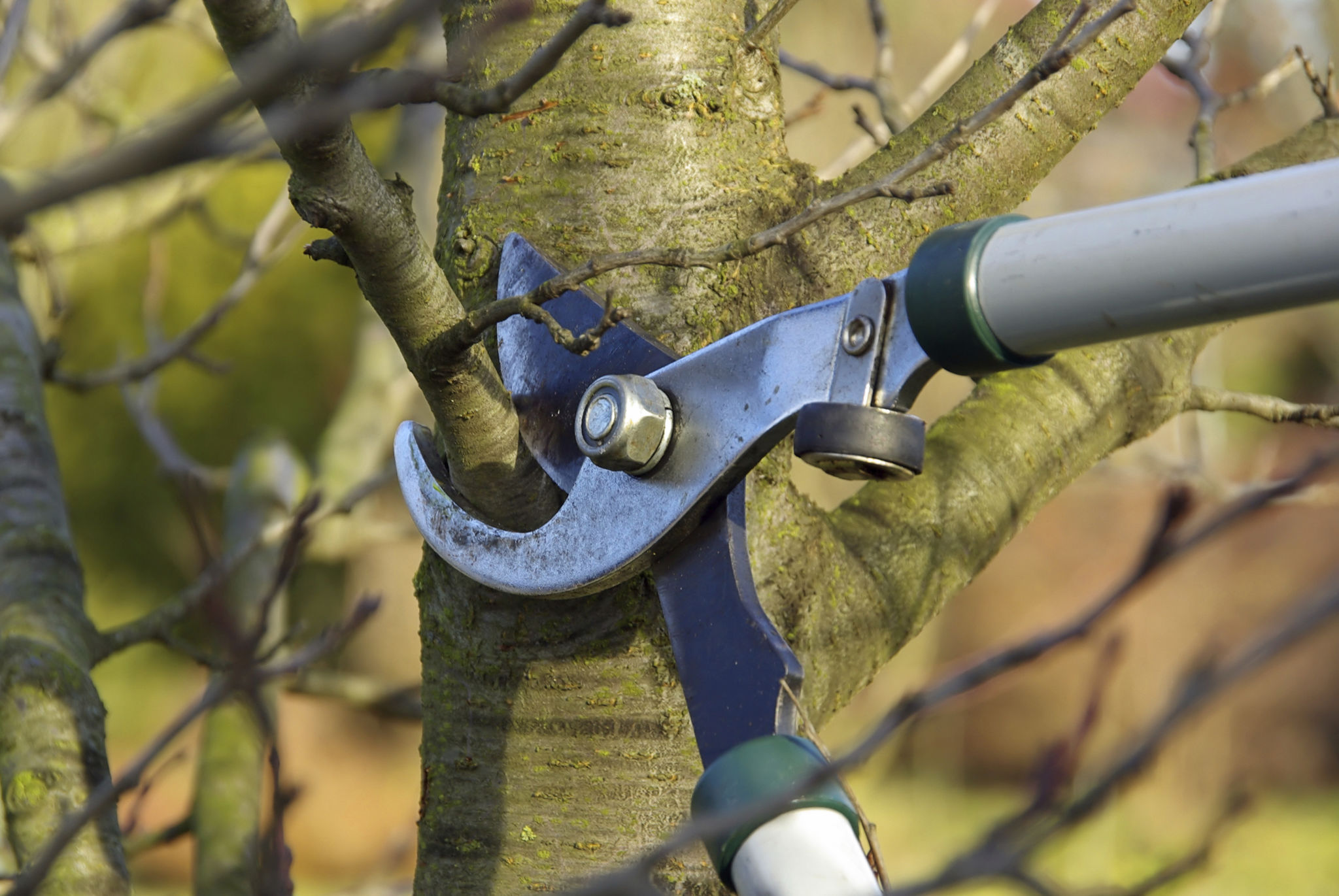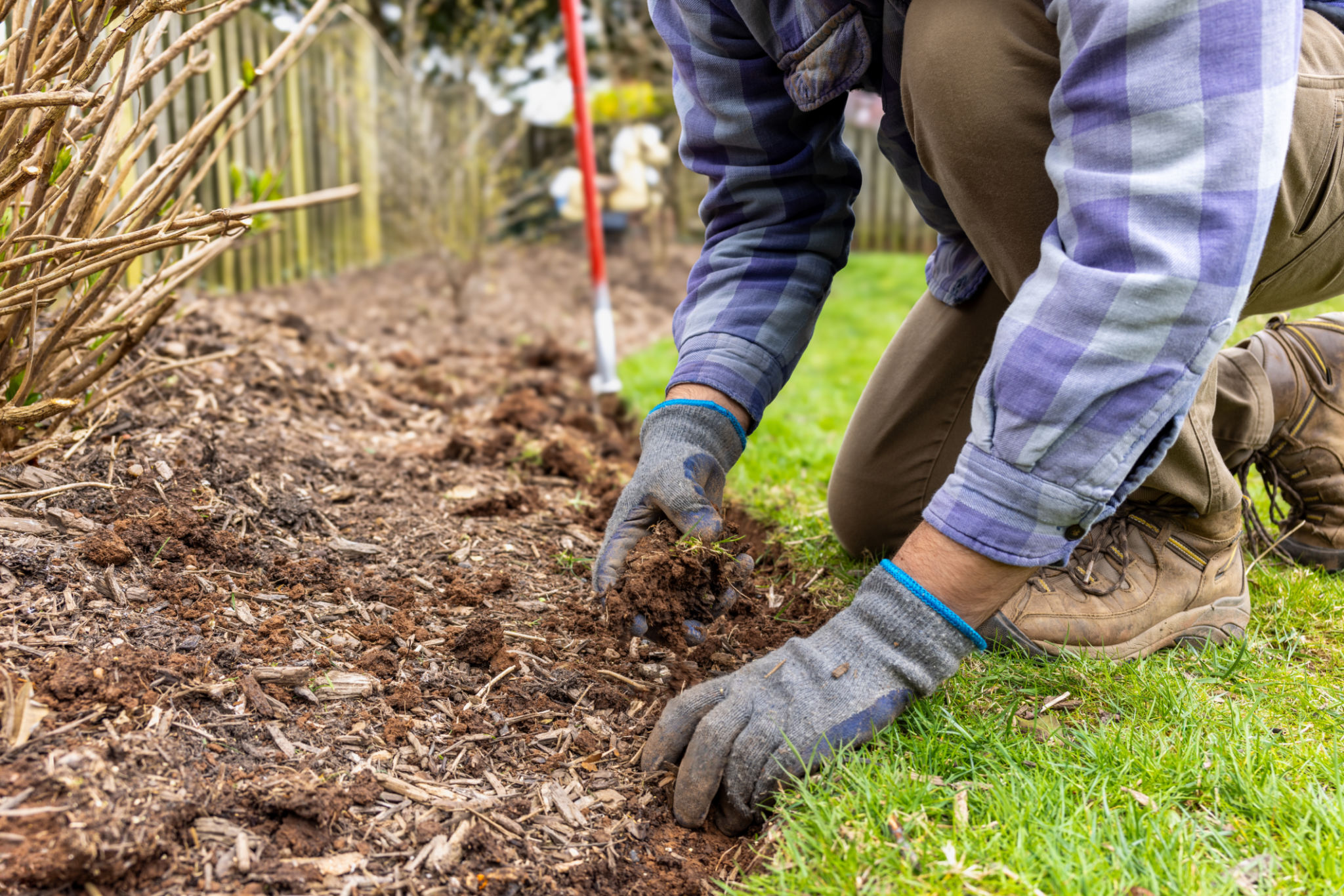Common Myths About Tree Care Debunked
Myth: Trees Need Frequent Pruning
One of the most common myths about tree care is that trees require frequent pruning to stay healthy. In reality, trees only need to be pruned when necessary, such as when branches are dead, damaged, or pose a safety risk. Over-pruning can actually harm a tree by removing too much foliage, which is essential for photosynthesis and overall vitality.
Proper pruning should focus on maintaining the tree's natural shape and removing only the branches that are truly problematic. It's important to consult with a certified arborist to determine the best pruning schedule for your specific tree species.

Myth: Trees Can Heal Themselves
Another widespread misconception is that trees have the ability to heal themselves. While trees can compartmentalize damage and prevent the spread of disease, they do not heal in the same way humans do. Instead, they grow new tissue over wounds, essentially sealing off the damaged area to protect themselves from further harm.
To help trees manage injuries, it's crucial to provide proper care and maintenance, such as regular watering, mulching, and monitoring for pests and diseases. Ignoring a tree's ailments can lead to more significant problems down the line.
Myth: Topping Is a Good Way to Control Tree Size
Topping is an outdated practice that involves cutting the tops off of trees to reduce their size. This method is not only harmful but also ineffective in the long term. Topping can lead to weak branch structures, increased susceptibility to pests and diseases, and rapid regrowth that can make the tree even taller than before.
Instead of topping, consider alternative methods such as selective pruning or planting a smaller species that fits better within your landscape. Consulting with a professional arborist can provide guidance on the best approach for managing tree size without compromising health.

Myth: Tree Roots Are Not a Threat to Structures
Some homeowners believe that tree roots can't damage structures like sidewalks, driveways, or foundations. In reality, tree roots can exert significant pressure on these surfaces as they grow and expand in search of water and nutrients. This can lead to cracks, lifting, and other structural issues.
To minimize the risk of root-related damage, it's important to plant trees at a safe distance from structures and choose species with non-invasive root systems. Regular inspections by professionals can also help identify potential problems before they become serious.
Myth: All Mulches Are Beneficial
While mulching is generally beneficial for trees, not all mulches are created equal. Some mulches can harbor pests or diseases that may harm your trees. Additionally, applying mulch too thickly or directly against the tree trunk can lead to issues like root rot or bark decay.

When selecting mulch, opt for organic options like wood chips or shredded bark, and apply it in a 2- to 4-inch layer around the base of the tree, keeping it away from the trunk. This will help retain moisture, regulate soil temperature, and prevent weed growth without introducing new risks.
Myth: Newly Planted Trees Don't Need Watering
A final myth is that newly planted trees don't need watering because they receive enough moisture from rain. However, young trees require consistent watering during their first few years to establish a healthy root system. Depending on climate and soil conditions, supplemental watering might be necessary to ensure adequate moisture levels.
Monitoring soil moisture and adjusting watering practices accordingly will help young trees thrive and grow into healthy, mature specimens. A commitment to proper care during these formative years sets the foundation for a tree's long-term health.